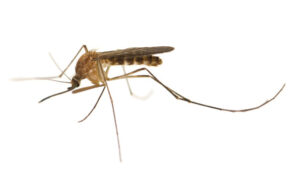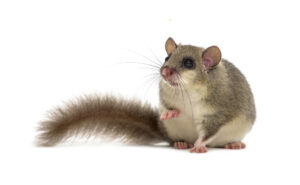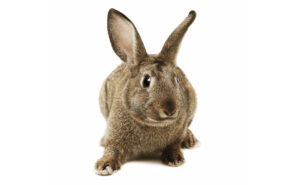To find out more about your pest problem and how VEM Services can help, click on the relevant pest below. If your specific pest is not listed please call our office on 0800 093 0933 where our friendly team will help.
Which Pest?
Knowing which pest is causing a problem is vital to finding a solution. To determine what pest species is causing an infestation, you need to understand and identify the different types of evidence about what you might be sharing your property with.
What is a pest?
To be considered a pest, a creature must cause a nuisance or present a risk. In many ways, it is not the animal or insect themselves that we consider a problem, but how they impact on our activities or can affect our health and wellbeing.
This will generally be by causing or having the potential to cause damage or harm to property, humans, livestock, or pets.
There are different groups of pests that have the potential to cause an issue. Not all creatures that come under each category will be thought of as pests unless they begin to cause a problem:
- Rodents – mainly mice and rats
- Animals – like foxes and rabbits
- Insects – be they larvae or adults
- Other – such as mites, lice
- Birds – including pigeons, starlings and gulls
Correctly identifying a pest means that we can control it more efficiently or effectively. It isn’t always immediately apparent which type of invader is causing the damage or harm.
Once we know which pest is present, we can take the most appropriate action to prevent them in the first instance. If this is not possible, we can then implement effective control measures that have the least harmful impact on the environment and others.
How do you know which type of pest you have?
Some pests leave tell-tale, even unique signs that they’re around us. However, some pests present similar signs or evidence to others which makes their identification slightly more problematic.
We might observe active pests, we might find dead specimens, we might be able to identify droppings, or we may find evidence of certain types of nests or harbourages. There might even be giveaway odours or an indication of damage, such as evidence of gnawing or holes in structures. We may even spot tracks that indicate a particular type of pest.
Often, it isn’t always immediately apparent what type of pest we’re dealing with or even where they are. If this is the case, it’s a good time to call in a pest control expert.
-
 Casual Intruders
Casual Intruders
-
 Oriental Cockroaches
Oriental Cockroaches
-
 Feral Pigeons
Feral Pigeons
-
 Starlings
Starlings
-
 House Sparrows
House Sparrows
-
 Gulls
Gulls
-
 Wasps
Wasps
-
 Black Garden Ants
Black Garden Ants
-
 Pharaoh's Ants
Pharaoh's Ants
-
 Fruit Flies
Fruit Flies
-
 Mosquitoes
Mosquitoes
-
 Fleas
Fleas
-
 German Cockroaches
German Cockroaches
-
 Cluster Flies
Cluster Flies
-
 House Flies
House Flies
-
 Carpet Beetles
Carpet Beetles
-
 Indian Meal Moths
Indian Meal Moths
-
 Bees
Bees
-
 Clothes Moths
Clothes Moths
-
 Edible Dormice
Edible Dormice
-
 Rabbits
Rabbits
-
 Bed Bugs
Bed Bugs
-
 Foxes
Foxes
-
 Moles
Moles
-
 Grey Squirrels
Grey Squirrels
-
 Rats
Rats
-
 Mice
Mice


















